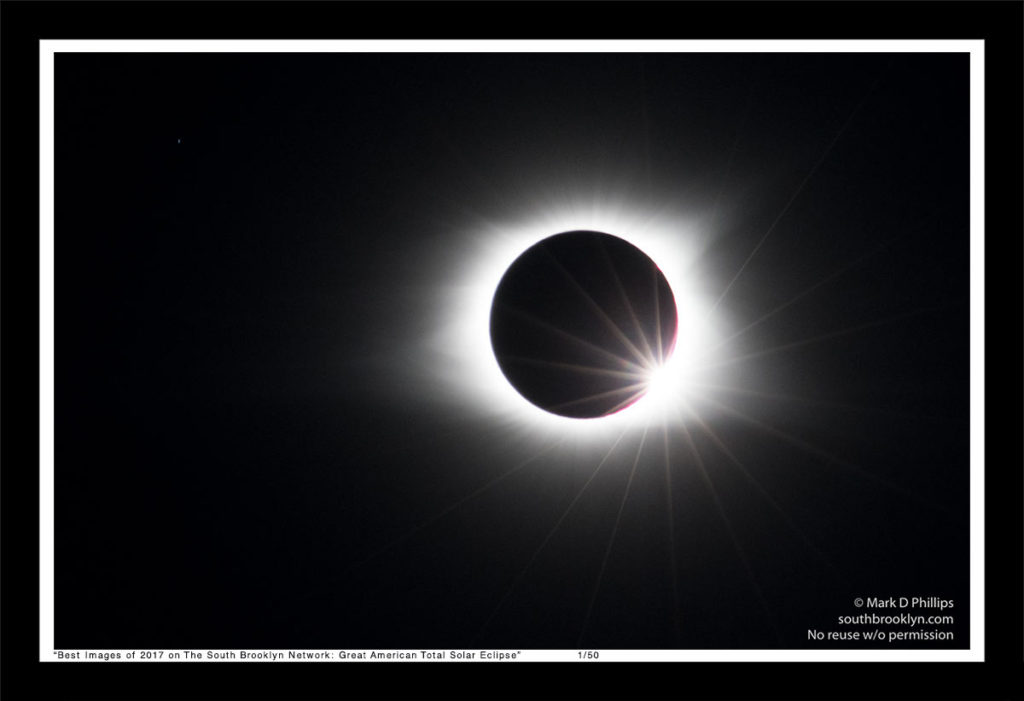Lesson Four from Kidseclipse
What is a Total Solar Eclipse?
 Total Solar Eclipse in Aruba on February 26, 1998. ©Mark D Phillips
Total Solar Eclipse in Aruba on February 26, 1998. ©Mark D PhillipsAn eclipse of the Sun occurs when the Moon passes between the Earth and the Sun. The Moon blocks the light of the Sun and a shadow of the Moon is cast on the Earth’s surface.
During a solar eclipse, the Moon actually casts two shadows towards Earth. One shadow is called the umbra which becomes smaller as it reaches the Earth. The second shadow is called the penumbra which becomes larger as it reaches the Earth. A total solar eclipse, or a complete blocking out of the Sun’s light, can only be seen from the area on the Earth’s surface that enters the Moon’s umbra, the smaller shadow. People viewing the eclipse from the area of the Earth’s surface that enters the penumbra, the larger shadow, will see only a partial blocking of the Sun.
A total solar eclipse, like the eclipse of February 26th, can only occur when two events happen at the same time. The first event is a new Moon. This phase of the Moon occurs when the Sun is almost directly behind the Moon, and we see only a sliver of the Sun’s light reflected by the Moon. During this time the Moon and the Sun appear close together. The second event that must occur is that the Moon must be in the right position, directly in the line of sight between the Earth and the Sun. These two events occur at the same time about once every year and a half.
In a solar eclipse, the Moon moves between the earth and the Sun. When this happens, part of the Sun’s light is blocked. The sky slowly gets dark as the Moon moves in front of the Sun. When the Moon and Sun are in a perfect line, it is called a total eclipse. These are very rare. Most people only see one in their lifetime.
To see how this can happen,
try this activity
Lesson Five from Kidseclipse
What happens during a total solar eclipse?
Dolores Peterson was a New York City School Teacher in Community School District 3 for nine years when she produced this lesson plan for Kidseclipse. She has a Masters in Education from the City University of New York.

Purchase a 13″ x 19″ signed print by Mark D Phillips for $100.00
